Technology
Recent articles
START method assembles brain’s wiring diagram by cell type
The new technique mapped the interactions of about 50 kinds of inhibitory neurons in the mouse visual cortex in finer detail than previous approaches.
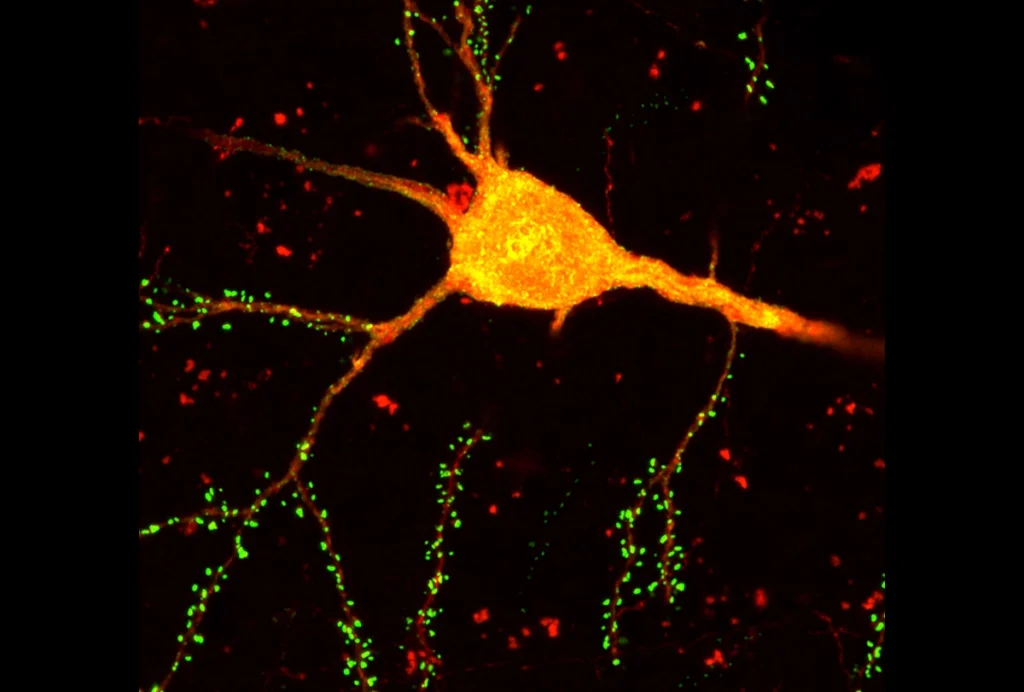
START method assembles brain’s wiring diagram by cell type
The new technique mapped the interactions of about 50 kinds of inhibitory neurons in the mouse visual cortex in finer detail than previous approaches.
New ‘decoder’ tool translates functional neuroimaging terms across labs
The compendium of brain-parcellation atlases makes it possible to compare large-scale network data, which often involves different and overlapping network names.

New ‘decoder’ tool translates functional neuroimaging terms across labs
The compendium of brain-parcellation atlases makes it possible to compare large-scale network data, which often involves different and overlapping network names.
Robots boost data consistency in rodent studies reliant on mechanical, optogenetic stimulation
Two new devices take experimenter variation out of the equation, the lead investigators say.
Robots boost data consistency in rodent studies reliant on mechanical, optogenetic stimulation
Two new devices take experimenter variation out of the equation, the lead investigators say.
How long-read sequencing will transform neuroscience
New technology that delivers much more than a simple DNA sequence could have a major impact on brain research, enabling researchers to study transcript diversity, imprinting and more.

How long-read sequencing will transform neuroscience
New technology that delivers much more than a simple DNA sequence could have a major impact on brain research, enabling researchers to study transcript diversity, imprinting and more.
New specs immerse mice in virtual worlds
The tool — called “MouseGoggles” — could provide rodents with an improved virtual experience in the lab, at a lower cost than current techniques.
New specs immerse mice in virtual worlds
The tool — called “MouseGoggles” — could provide rodents with an improved virtual experience in the lab, at a lower cost than current techniques.
Lightweight system captures brain activity while mice jump
A thin “micro-tether” and rotating connector facilitate uninterrupted, hours-long neural population recordings as the animals freely explore their environment.
Lightweight system captures brain activity while mice jump
A thin “micro-tether” and rotating connector facilitate uninterrupted, hours-long neural population recordings as the animals freely explore their environment.
Debate unfurls over inclusivity and authenticity in research involving minimally verbal autistic people
Autism researchers can’t agree on how far to go to validate the input they gather from minimally verbal autistic people who use certain communication devices.
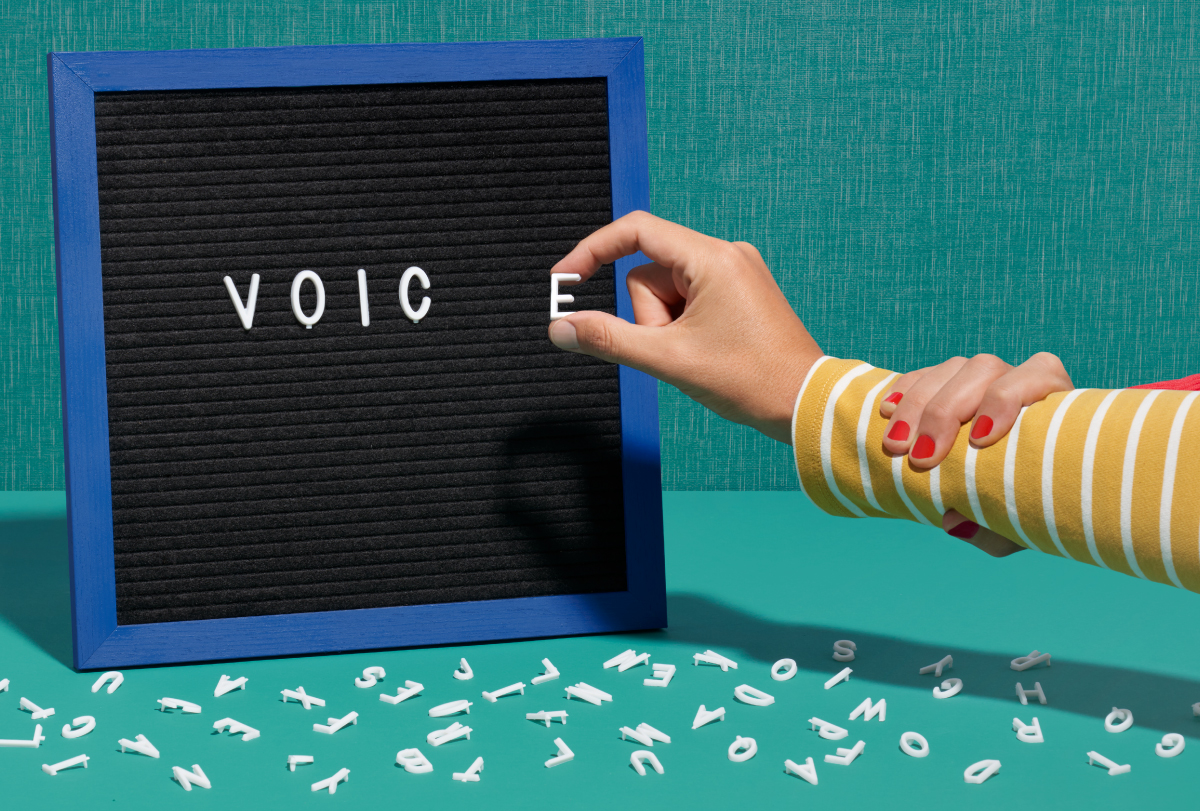
Debate unfurls over inclusivity and authenticity in research involving minimally verbal autistic people
Autism researchers can’t agree on how far to go to validate the input they gather from minimally verbal autistic people who use certain communication devices.
‘Social touch’ responses in mice gauged with unprecedented control
A new tool could help decipher the brain circuits underlying aversion to social touch, which is common in people with autism.
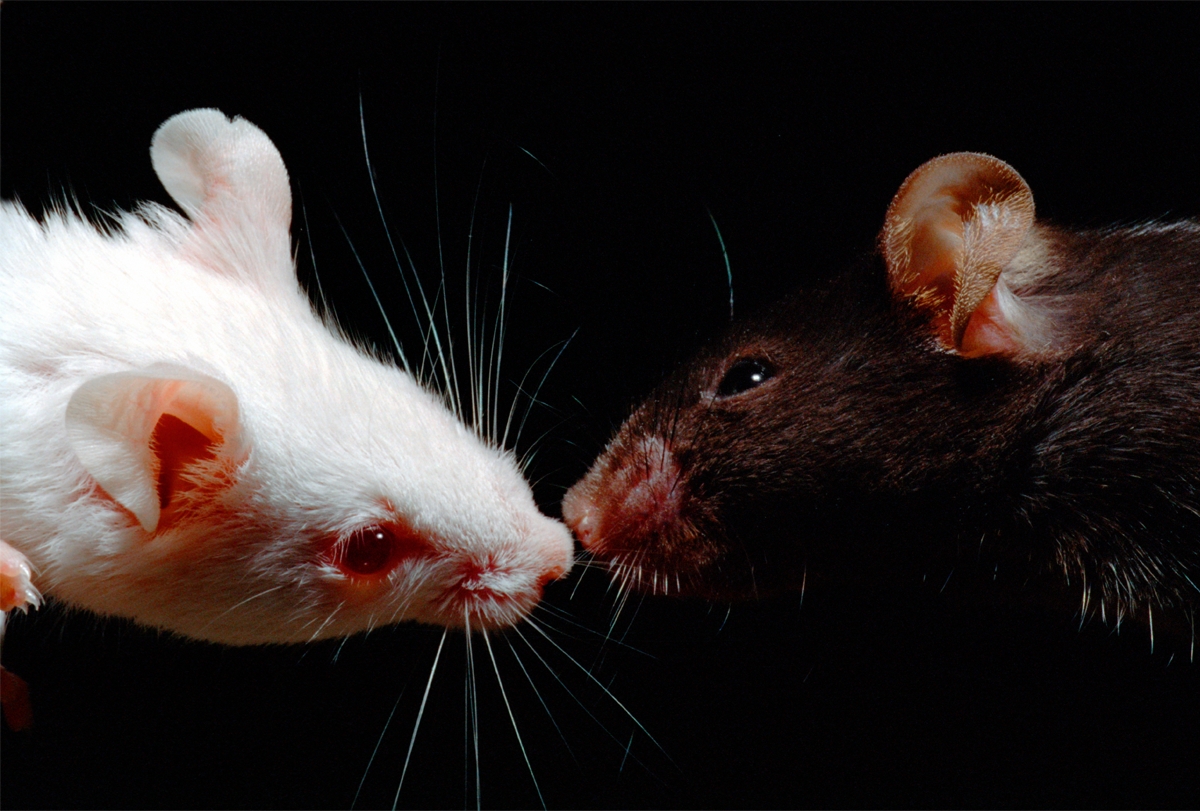
‘Social touch’ responses in mice gauged with unprecedented control
A new tool could help decipher the brain circuits underlying aversion to social touch, which is common in people with autism.
Brain-surgery-free probes can record single-neuron activity
The new devices, which monitor neural activity from within blood vessels, show long-term stability in rats and could one day deliver electrical stimulation.
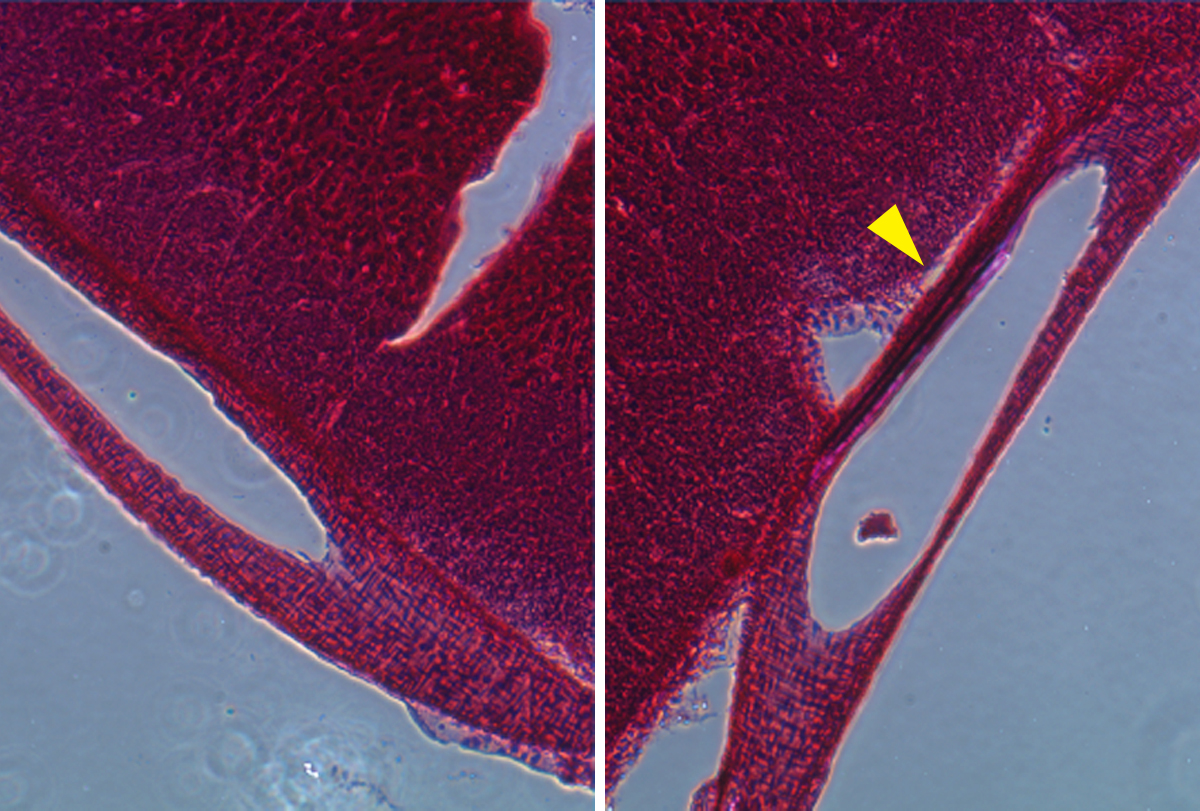
Brain-surgery-free probes can record single-neuron activity
The new devices, which monitor neural activity from within blood vessels, show long-term stability in rats and could one day deliver electrical stimulation.
Robotic headgear records brain activity in moving mice
The tool could help researchers study the neurobiology of natural behaviors, scientists say.
Robotic headgear records brain activity in moving mice
The tool could help researchers study the neurobiology of natural behaviors, scientists say.
Explore more from The Transmitter
Soft touch quells loneliness in mice
Touch modulates one of two dueling types of hypothalamic neurons that, thermostat-like, balance an animal’s drive for social interaction.
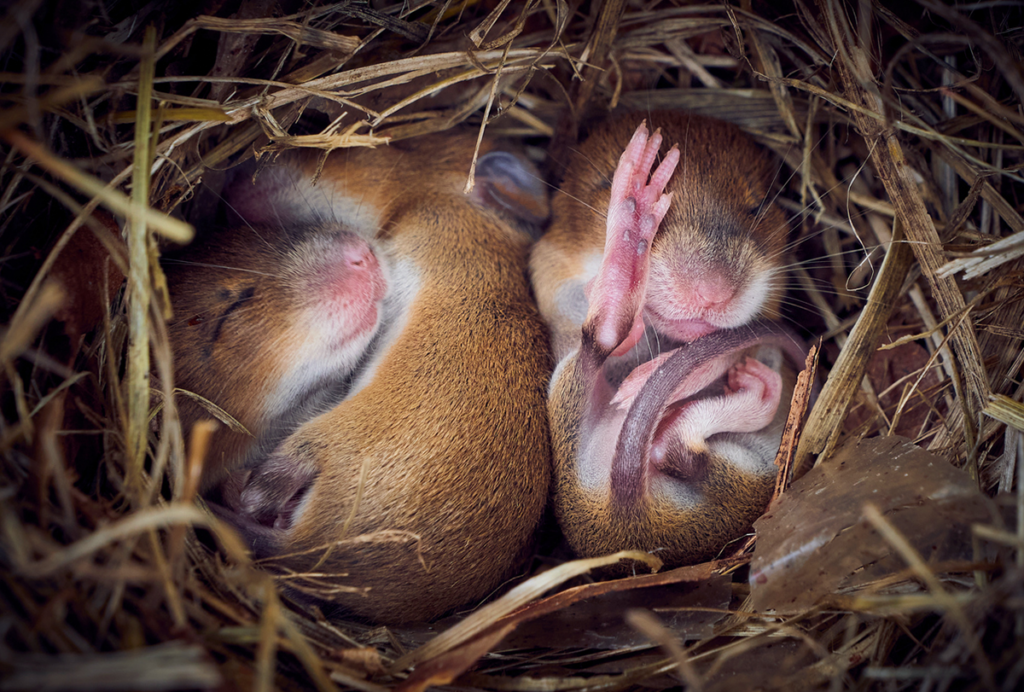
Soft touch quells loneliness in mice
Touch modulates one of two dueling types of hypothalamic neurons that, thermostat-like, balance an animal’s drive for social interaction.
Ciara Greene on the quirks and complexities of human episodic memory
Greene's book, “Memory Lane: The Perfectly Imperfect Ways We Remember,” explores the many factors that affect how we recall the events in our lives, from the mundane to the emotionally powerful.
Ciara Greene on the quirks and complexities of human episodic memory
Greene's book, “Memory Lane: The Perfectly Imperfect Ways We Remember,” explores the many factors that affect how we recall the events in our lives, from the mundane to the emotionally powerful.
‘Spoonful of plastics in your brain’ paper has duplicated images
The duplications likely do not alter the conclusions, but the paper contains other methodological issues, two independent microplastics researchers say.
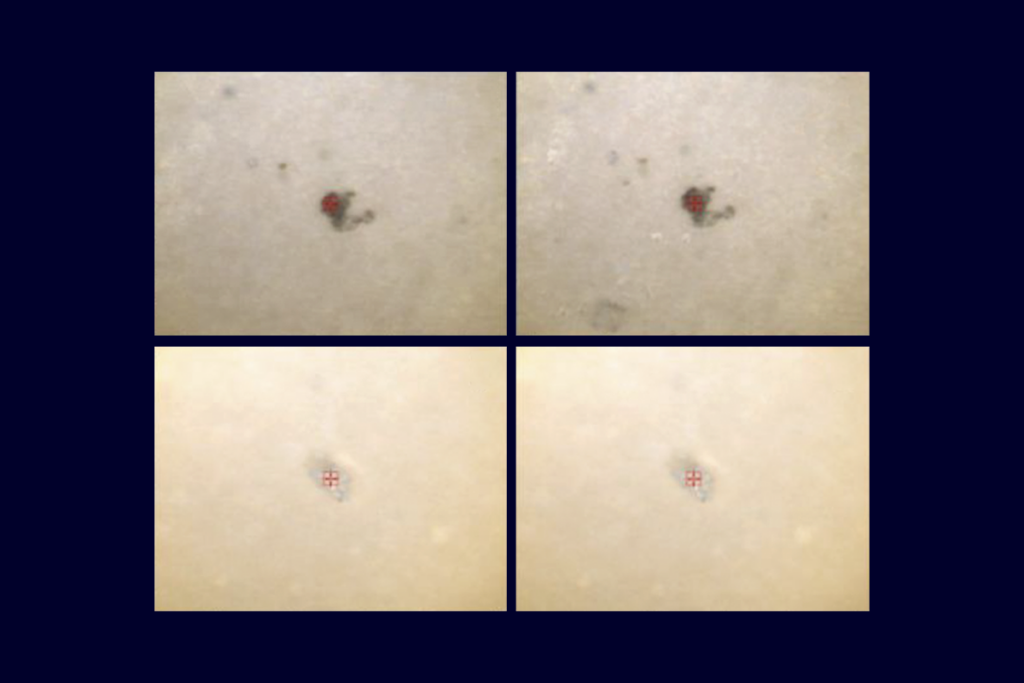
‘Spoonful of plastics in your brain’ paper has duplicated images
The duplications likely do not alter the conclusions, but the paper contains other methodological issues, two independent microplastics researchers say.